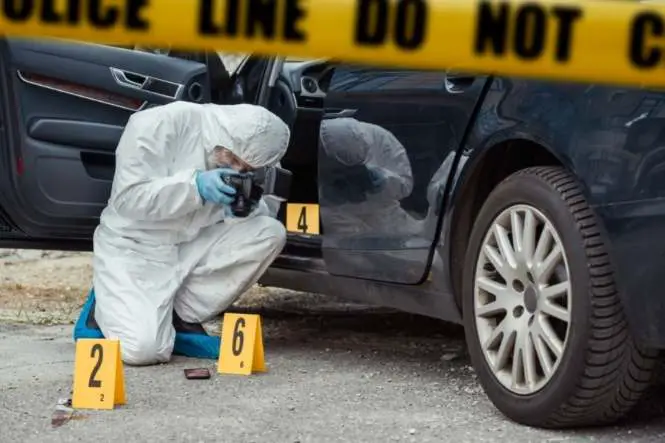We have all seen those television programmes that re-enact a crime to help jog the memories of members of the public when a crime has taken place and no immediate suspects or motives have come to light; these are known as forensic reconstructions.
What is a Forensic Reconstruction?
A forensic reconstruction can take many forms; from firing a weapon to see what impact it will have, having someone who looks like the victim of a crime make the same journey as the victim did to plot trajectories and distances in car accidents and suicide cases.
These reconstructions are carried out so that every conceivable piece of information that is available can be gathered in order to help the authorities build a case that will – hopefully – be water tight upon going to court.
Why Carry Out a Reconstruction?
Many of these reconstructions – as we have already touched upon – are televised in order to jog the memories of citizens who may have been in a certain locale at the time of a crime. Again the crime can be anything from a road accident right up to – and including – murder.
There are many reported cases of passers by seeing the perpetrator of a crime walk by them without realising it and using a reconstruction this memory can be brought to their attention and they can give their witness statement to the police.
Indeed in the case of missing persons these reconstructions can often help members of the public remember seeing the missing person – who was previously just someone that passed them by in the street.
What Happens During a Reconstruction?
Every attention to detail is covered using the information available and these reconstructions normally take place at exactly the same time, in exactly the same place on the same day (albeit normally a week or so later) so that members of the public who make similar journeys on a regular basis may be allowed the opportunity to ‘relive’ that day in their minds.
Forensic reconstructions are also used as a means of establishing how an accident happened. If there is dispute as to whether a driver was driving too fast or a pedestrian stepped out into the road where they shouldn’t have forensic reconstruction can be used to re-enact the incident so that measurements can be taken relating to vehicle speed, distance from the vehicle etc.
There are also methods used which allow for the recreation of blood spatter patterns which can determine – for example – if the victim was shot where the bullet came from. Likewise placing a mannequin in a certain spot with a carefully placed hole can give clues as to how a shot was fired, where it was shot from and how close the victim was to it at the time.
All of these methods have been used for many years now and have been used to great effect but it was worth noting that forensic reconstructions only occur after all physical forensic evidence has been gathered and if witness statements prove vague enough so as not to provide any clues to the identity of an attacker.
Additionally these reconstructions can lead to new information being gleaned from members of the public, which can be used in any media campaign by the authorities.


